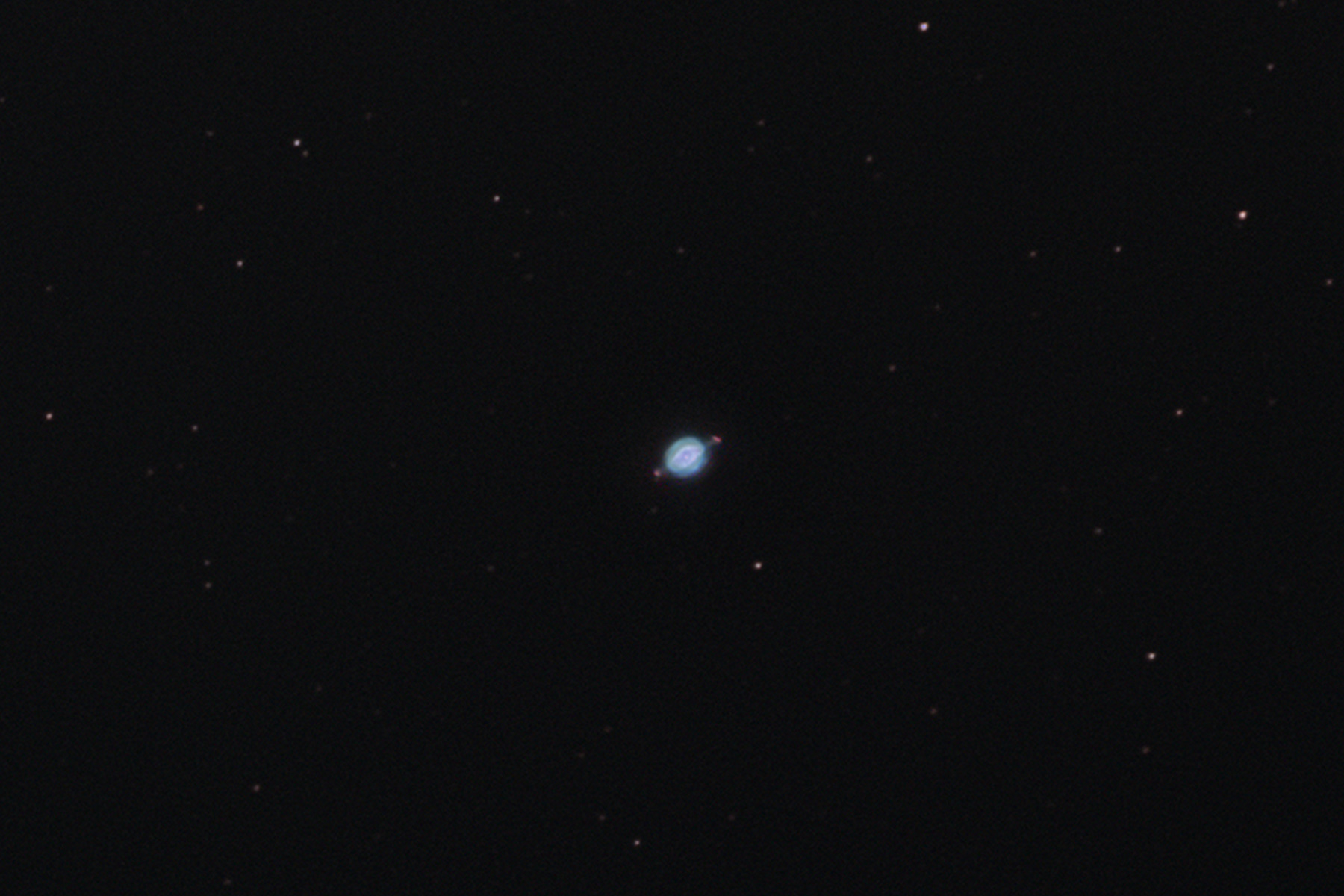
| HOME |
NGC 7009
PLANETARY NEBULA IN AQUARIUS
(Image centered at: ra 21:04.2 / dec - 11:22)

October 2020 - Home Backyard in Martinez, Buenos Aires, Argentina
DATA
TYPE: Planetary Nebula
VISUAL BRIGHTNESS: 8.0
APPARENT DIAMETER: 0,4 x 1,6 arc seconds
DISTANCE: Roughly 2,400 light years
IMAGE INFORMATION
SCOPE: ORION OPTICS UK 8" f5 Newtonian w/Televue Paracorr working at f5,75
CAMERA: QSI 583 WS
MOUNT: SKY WATCHER NEQ6
FILTERS: Baader LRGB Set
SKY CONDITIONS: Urban Skies
EXPOSURES: LRGB (10,10,10,10) all bin 1x1
OBJECT DESCRIPTION AND IMAGE SESSION
NGC 7009 was the first discovery of William Herschel on September the 7th 1782, when he started his great survey. This remarkable planetary nebula has its name from its appearance, which resembles a faint suggestion of the planet Saturn with rings nearly edge-on. While the Saturn nebula measures 36" in diameter, it has an extended halo of about 100" which is not visible in this image. Though, some details were capture in is small structure. The central star was resolved and shining at magnitude 11,5.
The nebulas was originally a low mass star that ejected its layers into space forming a complex structure that contains many morphological and kinematic subsystems.
The distance of the Saturn Nebula is not known very accurately. Hynes gives 2,400 light-years (adopted here), the Sky Catalogue 2000.0 about 2,900, and Burnham adopts O'Dell's (1963) estimate of 3,900 light years (*)
(*) SEDS